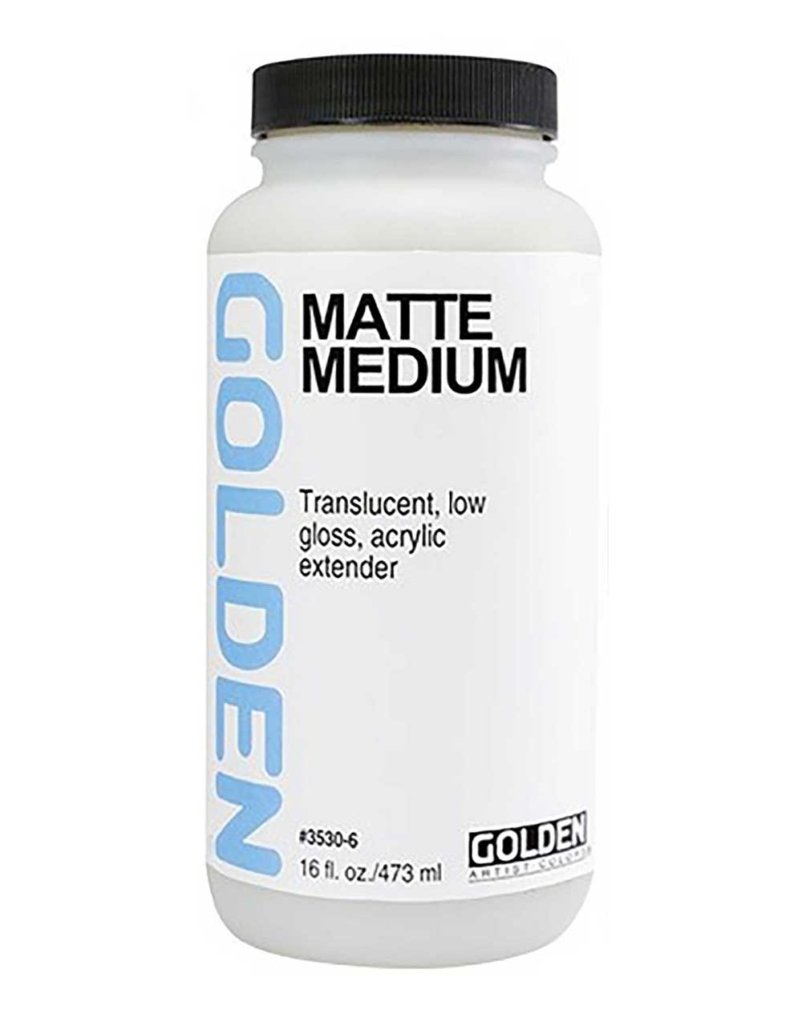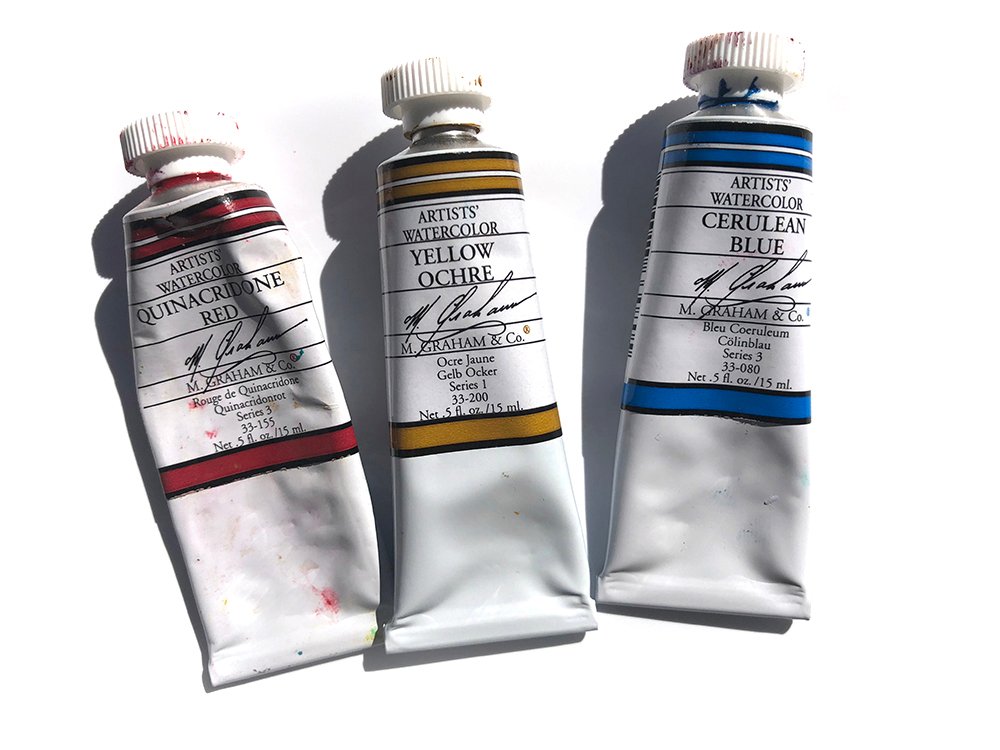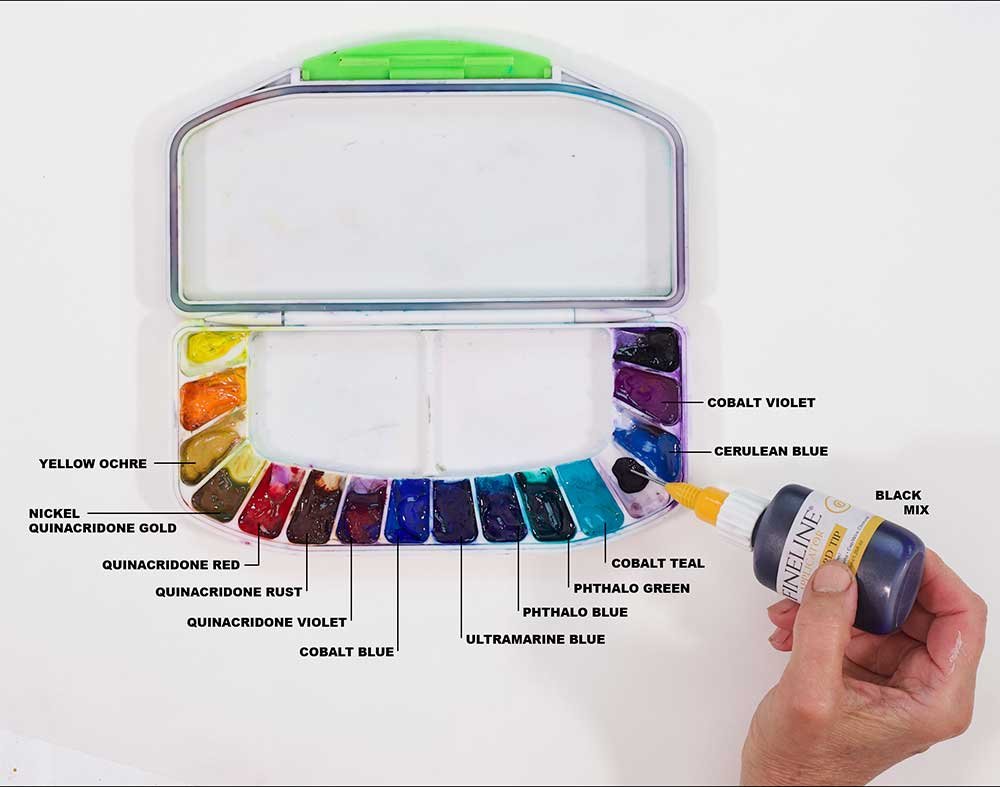WINNING TECHNIQUE
After winning 2nd place at NWWS, “Eating Crow” was my first acceptance in the American Watercolor Society’s show in New York, in 2019.
Follow the link above for the back story.
An artist asked, regarding my painting “Eating Crow”
…Could you tell me what paper and pigments you used?
So here’s my answer:
PAPER
TREATING WITH MATTE MEDIUM
Change the way paint interacts with your watercolor paper by adding a coating of half matte medium and half water. This surface encourages texture and lifting.
HERE IS HOW
In another container, dilute the matte medium with water 50/50, mix well and brush it onto your watercolor paper with a thin 1 to 2 inch acrylic brush, (not your expensive watercolor brushes). Make sure you cover every bit of the surface. Try brushing one direction, then when it is still wet brush a second time the other direction. Look in the light for reflection — if there are no gaps in the shine, you’re golden. Touch up if needed. Then let it dry completely before you paint.
One note: Sometimes you’ll see brush strokes on the surface of your paper when you begin to apply watercolor paint. If you don’t like this look, try diluting with more water and applying a second coat after the first coat is dry. Or use random strokes instead of even ones, to create a texture with interest.
THE PALETTE
This is my travel palette. My palettes pretty much NEVER look this clean! I save the beautiful muck because it makes the BEST neutrals. Add a bit of whatever color will nudge it to the desired shade.
PAINT APPLICATION






